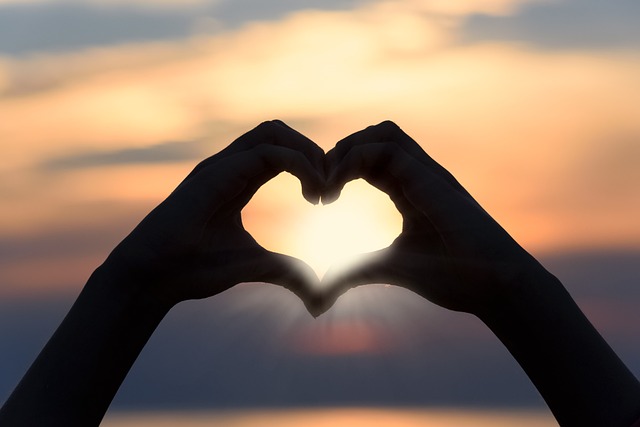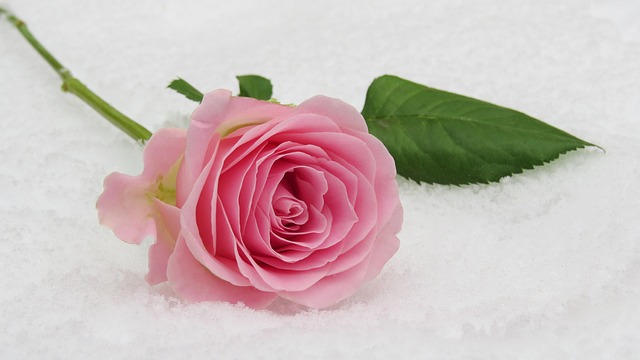Hiya there! Are you all set for a new challenge? This time, we’ll have you guess some common symbols. We will show you pictures of various signs and emblems, and you’ll have to pick the correct interpretation. It should be a no-brainer! What’s that symbol mean? Go on and take the quiz. Just don’t confuse the Switzerland flag with the Red Cross logo! That one could prove tricky…

Let’s start by putting down a definition of a symbol. What is it, then? A symbol can represent an idea, a person, a mark, a sign, or an event.
Frequently, a symbol embodies something universally recognized; for example, for many people, a horseshoe symbolizes good luck. Of course, the exact meaning of a symbol relies heavily on the cultural context.
In exact sciences, a symbol is a letter, number, or mark illustrating an operation, equation, quantity, quality, or relation. Symbols can have many practical uses. A device’s “power on/off” sign shows how to turn it on/off. Road signs tell the drivers how to behave in traffic, and so on.
In simple terms, a symbol is anything – a sign, a shape, or an item – used to represent something else. It can have a cultural significance. It can convey information, share universal ideas, or provoke a response. People used symbols for those purposes since the dawn of time.
One example could be the symbolism of colors. Take blue and pink. In modern culture, we often associate blue with masculinity and pink with femininity to the extent that some parents avoid dressing their sons in pink.
Interestingly, that rather pointless gender divide is relatively new. Back in the day, pink was gender-neutral. It was appropriate for boys to wear it because it was considered a sub-shade of red – the color associated with power and masculine energy. Blue, especially light blue, was thought to be dainty and delicate, perfect for girls.
This color conundrum proves how symbols can evolve and mean different things depending on cultural, historical, or societal contexts.
Do you know how to distinguish between analogy and metaphor?
There are many symbols universally understood across the globe. These can include plants, elements, shapes, and others.
How about we explore the language of flowers a bit? A rose is a classic. If you see a red rose, you think about love, romance, and adoration. Yet, in the Catholic tradition, red roses are linked to rosaries and the Virgin Mary. A chrysanthemum – especially a yellow one – can have a cheerful meaning, but in several European countries, these flowers symbolize death. The only proper use is to decorate graves with them. Interestingly enough, people in New Orleans treat chrysanthemums the same way!

Elemental symbols are another classic. They accompanied humanity throughout the ages, like fire – the symbol of both creation and destruction, the duality of life and death, and the power of transformation. Fire can bring thoughts of fear, pain, and punishment. But also new energy, cleansing, passion, and safety and warmth of home.
Water is essential for survival. Therefore, it symbolizes new life, fertility, and birth in various cultures. Just like fire, it can also represent a cleansing process. Only where fire forcibly takes away the old to make place for the new, water has a more positive association of washing away the impurities. For some people, water signifies purity – many churches use water in baptism traditions. Of course, water is not always a gentle symbol, as it can bring forth destruction and embody the raging forces of nature as well.
What element are you? Are you down-to-earth or fiery?
Geometrical symbols are perhaps the most basic way to convey a message or carry a meaning. For example, a circle indicates completion, wholeness, and cycle continuation. Pythagoras described a circle as the most perfect form because it has no beginning or end. Some religious or spiritual practices treat circles as symbols of protection, something used to contain and keep things inside.
What about a spiral? One of the oldest geometric shapes, it represents growth, transformation, and perhaps a change of direction. Anthropological researchers frequently connect spirals and ringlike structures with mysticism and altered states of perception.
What’s the symbol for an atom? What does the greater-than sign look like? Test your knowledge of symbols and their meanings with our free quiz!